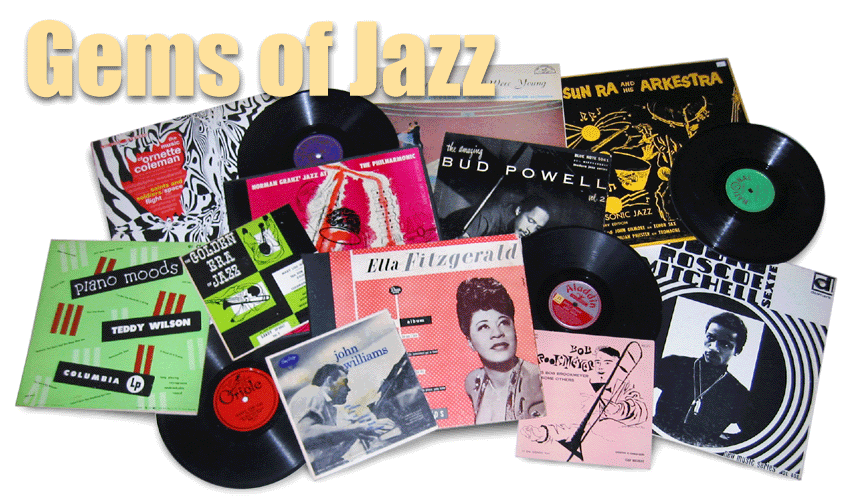Here's a belated birthday tribute to the immortal Duke Ellington (his 114th was April 29th). It's an interesting artifact from the Duke's first great Carnegie Hall concert from January 23, 1943. It took almost a year to get Ellington and the band into the studio to record selections from the concert's major work, "Black, Brown and Beige," and when RCA finally issued them they did so using their 12-inch format – a size usually reserved for classical music. The album, appropriately entitled "Black, Brown and Beige," was first released with the conventional "photo album" packaging – hard-board covers, cloth spine, multiple pockets inside. But then, for some reason, RCA put out a second version with the records contained in a simple folding paper sleeve. The new format anticipated the jacket designs for double LPs by twenty-five years, and must have been a hopeful, cost-saving experiment. Unlike vinyl LPs, though, 78-rpm discs are brittle and subject to breakage, and I can only assume that many of the Ellington records shipped out in these avant garde covers must have come back broken. The jacket offers scant protection for the shellac platters.
That said, I was lucky enough to come across an unbroken edition of "Black, Brown and Beige" in the paper sleeve a few years ago. It's been carefully kept on the shelf ever since, and with the arrival of the Duke's natal day I thought I'd get it out and share it with Gems' visitors. I doubt these records have been played in nearly 70 years, so it's definitely time.
This music you've heard many times, I'm sure, and it's readily available in numerous formats, so there's nothing really rare in this offering. Except the packaging. As you can see, there are some great liner notes and photos, and RCA sweetened the deal by including a program from the original concert. I've scanned them all and have included them here. The music itself is extraordinary, mostly through-composed with only a few solos, and should rank right up there in the popular consciousness with Gershwin's "Rhapsody in Blue." Maybe someday, but until then, enjoy this masterwork in celebration of EKE's birthday.
These are the original 78s, so there's surface noise and the accompanying pops and clicks. But this is how fans heard music back in 1944, and we strive for authenticity here at Gems.

Black, Brown and Beige
Duke Ellington Orchestra
Duke Ellington, p; Rex Stewart, cnt; Shorty Baker, Wallace Jones, tp; Ray Nance, tp, vln; Lawrence Brown, Joe Nanton, tbn; Juan Tizol, vtbn; Otto Hardwick, as, cl; Johnny Hodges, as; Chauncy Haughton, cl, ts; Ben Webster, ts; Harry Carney, bar, cl, as; Fred Guy, g; Junior Raglin, b; Sonny Greer, d; Joya Sherill, v.
December 11, 12, 1944; New York, NY; RCA
1. Work Song
2. Come Sunday
3. The Blues
4. Three Dances
Find it here: http://www.mediafire.com/download/ir18v442rx1ly68/Black_Brown_Beige.rar













